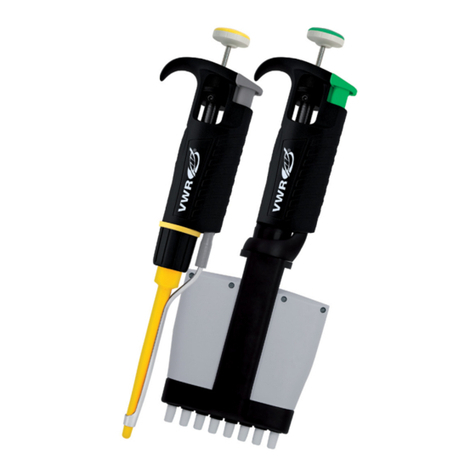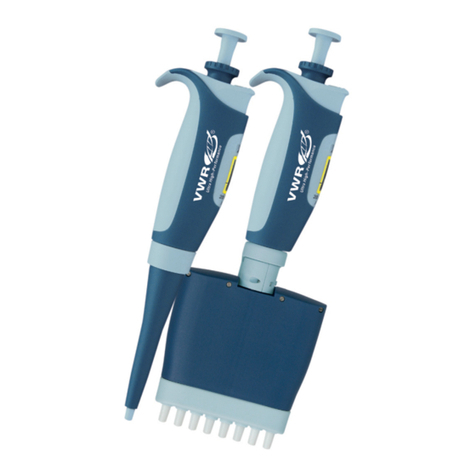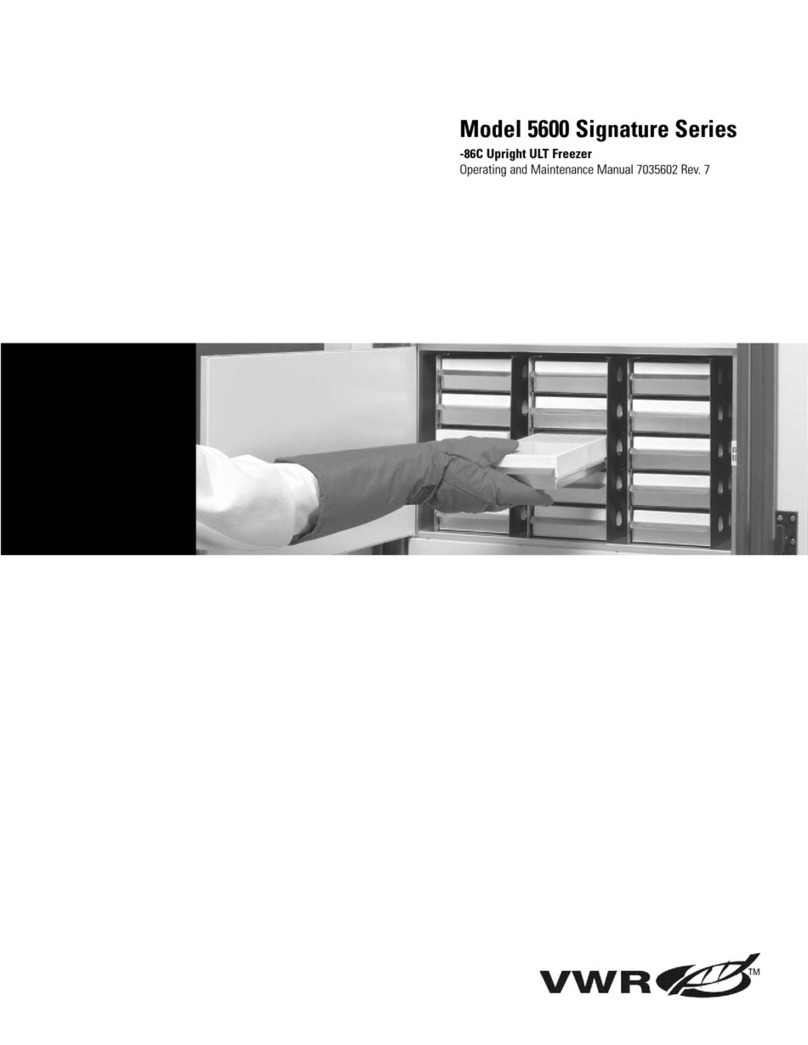VWR HIGH PERFORMANCE PIPETTOR User manual
Other VWR Laboratory Equipment manuals
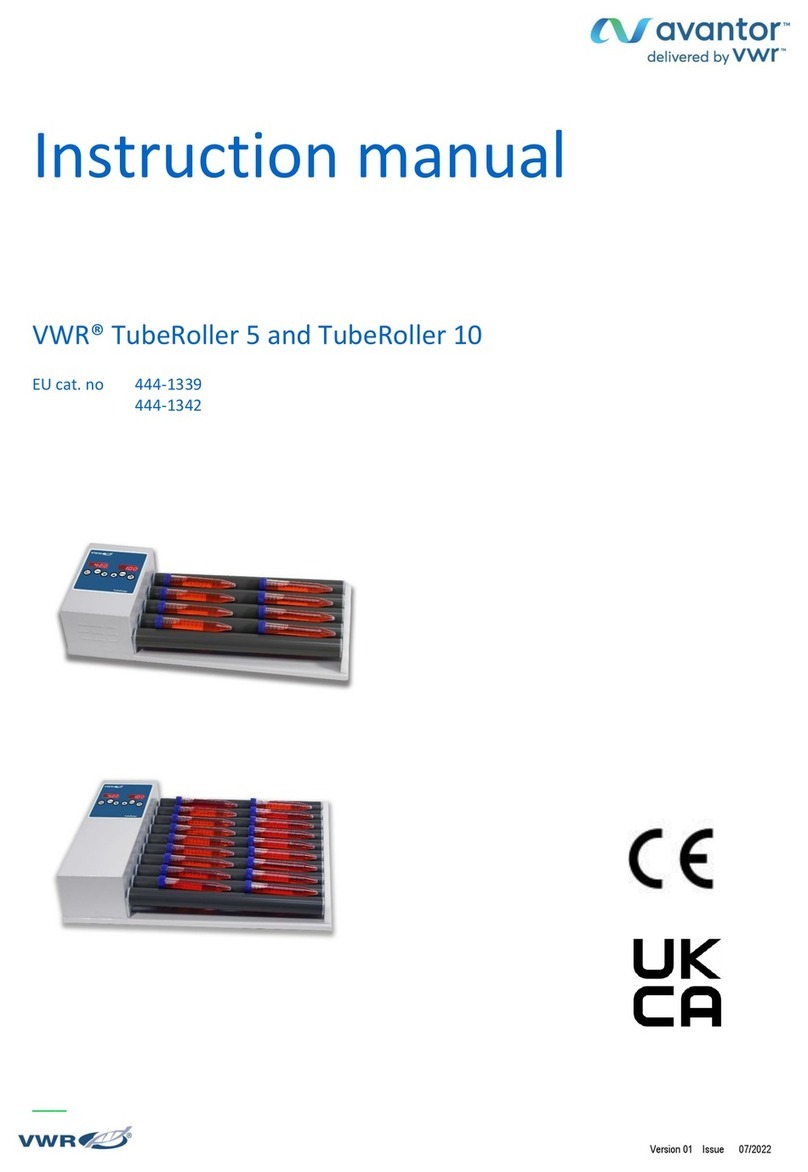
VWR
VWR avantor TubeRoller 5 User manual

VWR
VWR Photo Imager Guide
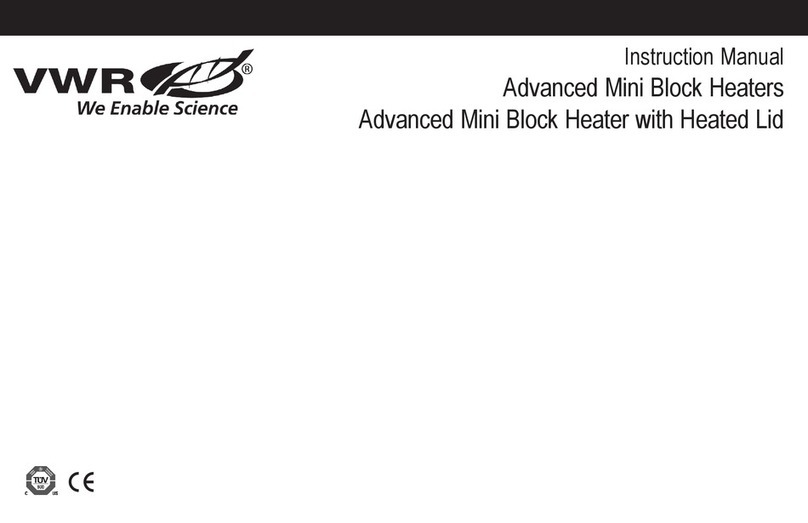
VWR
VWR Advanced Mini Block Heaters User manual
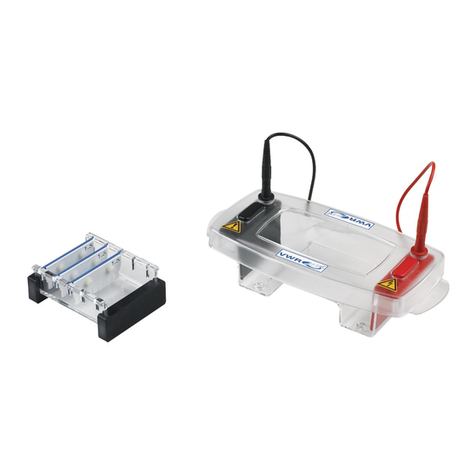
VWR
VWR ShiroGel 700-0250 User manual

VWR
VWR VWRA613-6688 User manual

VWR
VWR avantor 521-3500 Mega Star 600 User manual
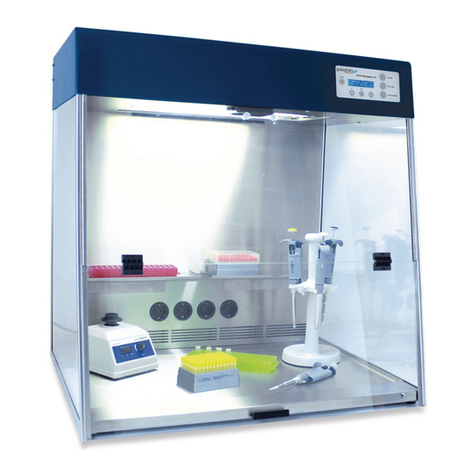
VWR
VWR peqlab PCR Workstation Pro User manual
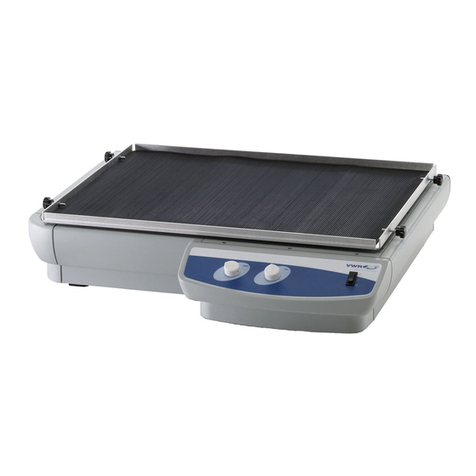
VWR
VWR 3500 Standard User manual
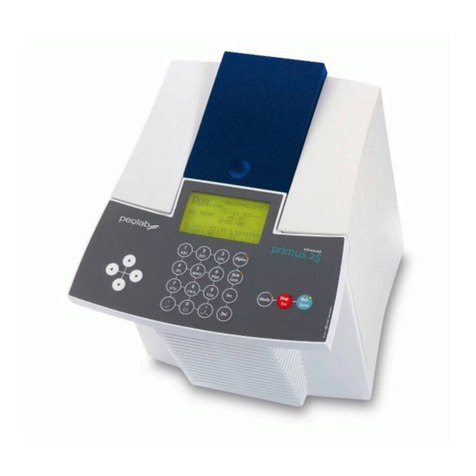
VWR
VWR Peqlab Primus 25 advanced User manual

VWR
VWR Professional Series User manual

VWR
VWR XT96 User manual
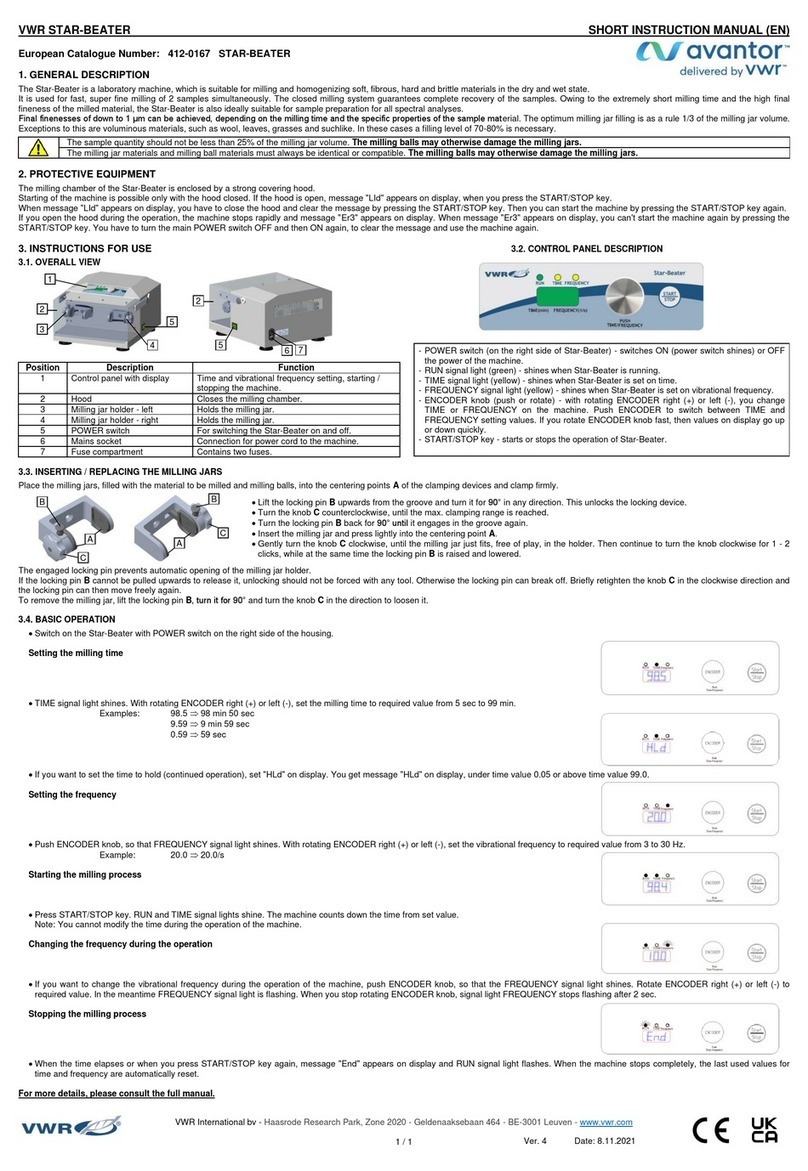
VWR
VWR avantor STAR-BEATER User manual
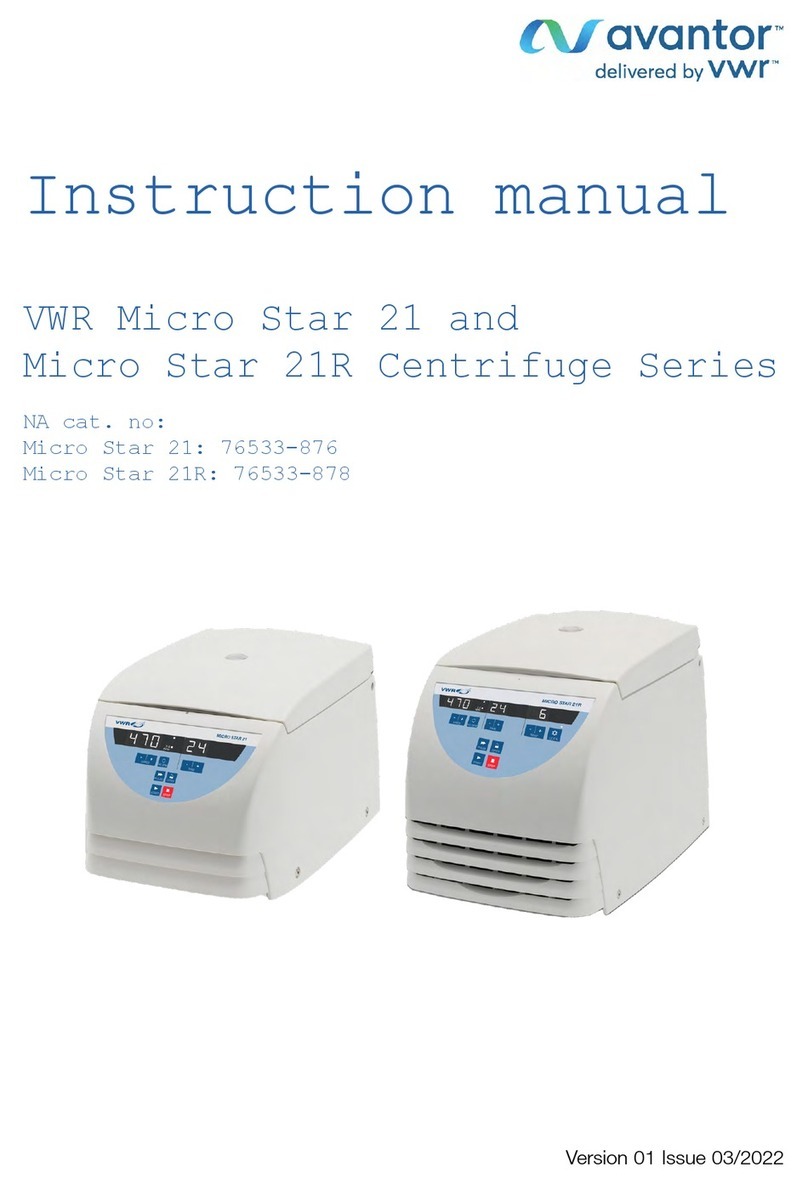
VWR
VWR 76533-876 User manual

VWR
VWR PerfectBlue Twin S User manual

VWR
VWR avantor 710-2088 User manual

VWR
VWR MICRO STAR 17 User manual

VWR
VWR avantor LED Digital Rotary Evaporator V17 User manual

VWR
VWR VWR Mega Star 600R User manual

VWR
VWR avantor 442-1266 User manual

VWR
VWR 10860-660 User manual
Popular Laboratory Equipment manuals by other brands

Belden
Belden HIRSCHMANN RPI-P1-4PoE installation manual

Koehler
Koehler K1223 Series Operation and instruction manual

Globe Scientific
Globe Scientific GCM-12 quick start guide

Getinge
Getinge 86 SERIES Technical manual

CORNING
CORNING Everon 6000 user manual

Biocomp
Biocomp GRADIENT MASTER 108 operating manual

